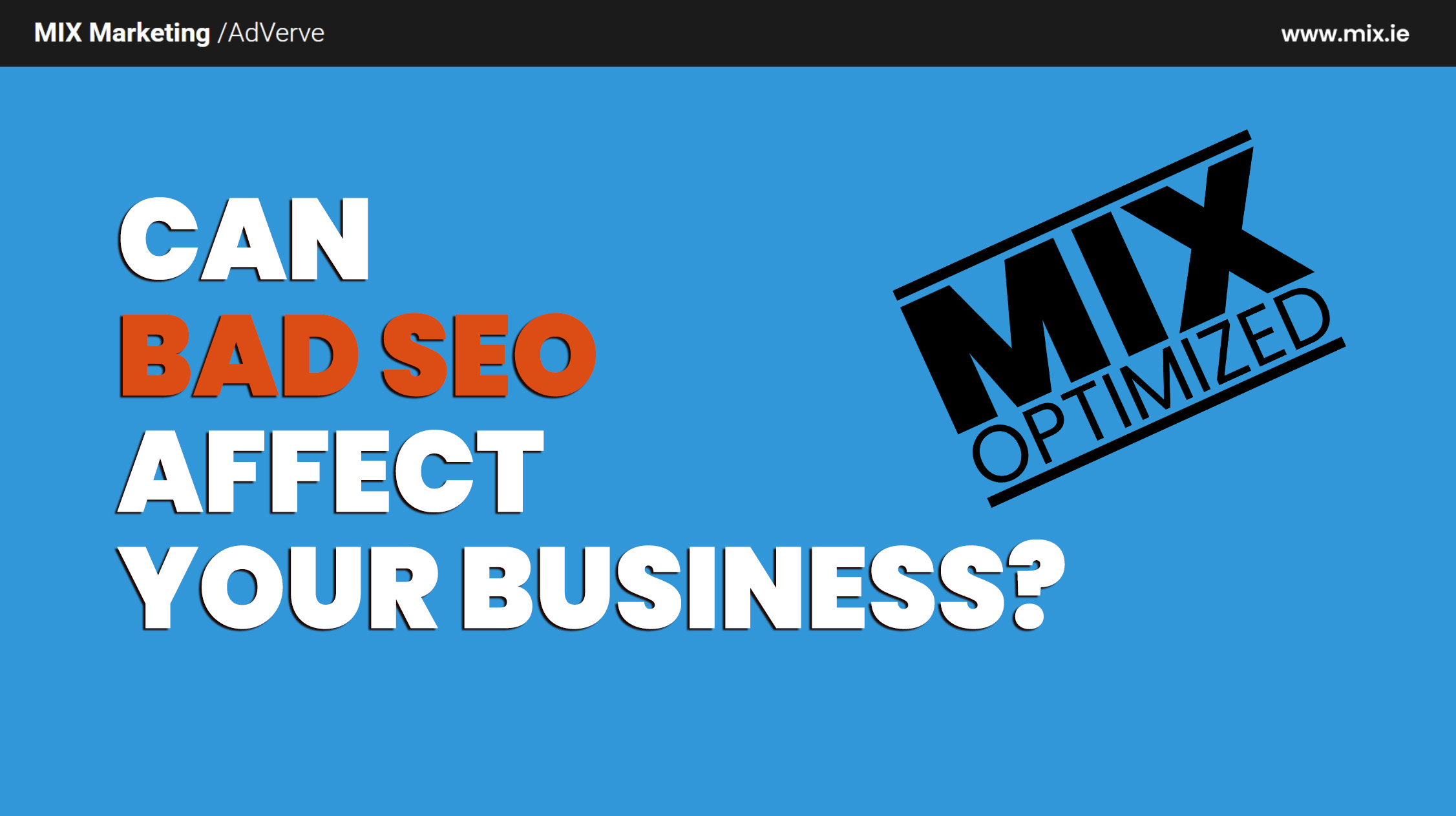Poor SEO isn't just ineffective — it can actively harm traffic, revenue, reputation, and long-term growth. Learn the risks and how to recover.

* If you are visually impaired or have difficulties reading you can listen to this page content by playing our YouTube video How bad SEO can negativelly affect a business? at the bottom of the page
1. Lost Organic Traffic
Poor SEO practices — such as targeting the wrong keywords, thin content, missing meta tags, or technical indexation problems — result in pages that don't rank. When ranking drops, organic visitors drop too, often without an obvious immediate cause to the business owner.
Wrong Keywords
Targeting irrelevant or overly-competitive keywords brings low-value traffic or none at all.
Technical Issues
Noindex tags, broken sitemaps, or blocked resources prevent pages from being seen by search engines.
2. Reduced Revenue & Leads
Organic search is often a primary source of qualified leads. A fall in organic traffic typically translates to fewer enquiries, fewer sales, and a direct hit to revenue—especially for businesses that rely heavily on online visibility.
- Lower traffic → fewer conversions.
- Lower ROI on content investments if content doesn't rank.
- Increased dependency on paid ads to fill the gap.
3. Damage to Brand Reputation
Bad SEO often correlates with poor user experience: slow pages, intrusive ads, duplicate content, or misleading meta descriptions. These harm trust and can increase bounce rates, harming both perception and rankings.
- Poorly written snippets or misleading meta descriptions disappoint users.
- Spammy backlinks or unnatural link profiles can make your site look untrustworthy.
4. Search Engine Penalties & Algorithm Risk
Using black-hat tactics (keyword stuffing, cloaking, link schemes) may trigger manual actions or algorithmic demotions. Recovering from penalties is time-consuming and can require extensive cleanup.
- Manual penalties require audit, disavowal, and reconsideration requests.
- Algorithmic hits (e.g., Panda, Penguin style issues) may require content and link remediation.
5. Wasted Time & Marketing Budget
Poor SEO means money and time spent on activities that don’t move the needle. Teams may repeatedly create content that never ranks or buy ineffective links — diverting resources from strategies that actually convert.
- Paying for ads to replace lost organic traffic increases overall cost-per-acquisition.
- Opportunity cost: what you could have achieved with a correct strategy.
6. Other Negative Effects
- Poor Analytics & Decision-Making: Bad tagging or untracked pages lead to misleading data and wrong business decisions.
- Local Visibility Loss: For local businesses, neglecting Google Business Profile and citations reduces footfall and local leads.
- Security Risks: Malware or hacked content harms visitors and search standing.
7. Recovery & How to Prevent Damage
While bad SEO can be damaging, most problems are fixable. Below are practical recovery steps and preventative measures to protect your business:
Quick Recovery Checklist
- Audit your site: technical, content, and backlink audits to find issues.
- Fix technical errors: resolve crawl problems, speed issues, mobile bugs, and indexation problems.
- Improve content: rewrite thin pages, match user intent, and optimise meta tags.
- Clean up backlinks: remove or disavow toxic links and build high-quality, relevant links.
- Monitor performance: set up analytics and rank-tracking to measure improvements and spot regressions early.
- Follow best practices: focus on white-hat, user-first SEO to avoid future penalties.
Tip: If you suspect a penalty or severe drop, consider engaging an experienced SEO consultant or agency to speed diagnosis and recovery—especially if your business depends heavily on search traffic.